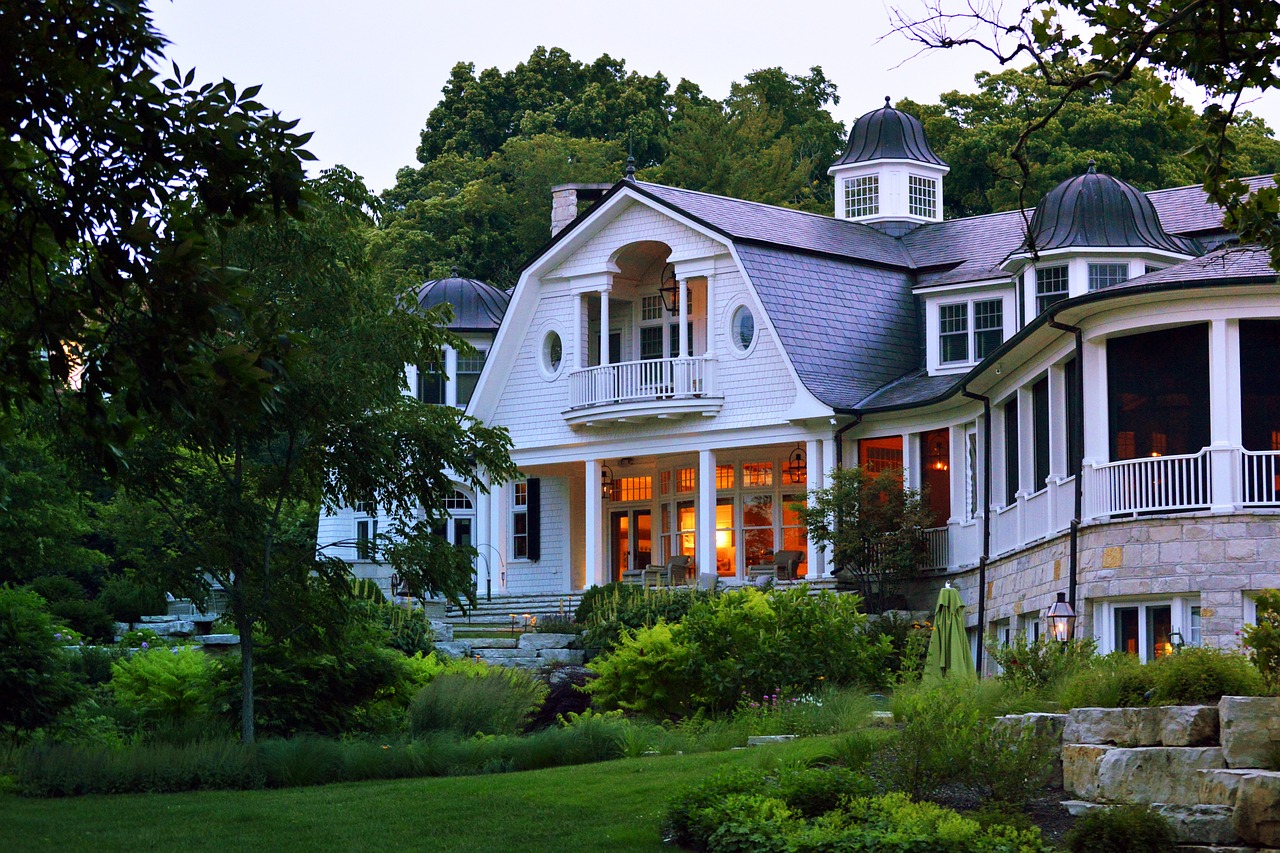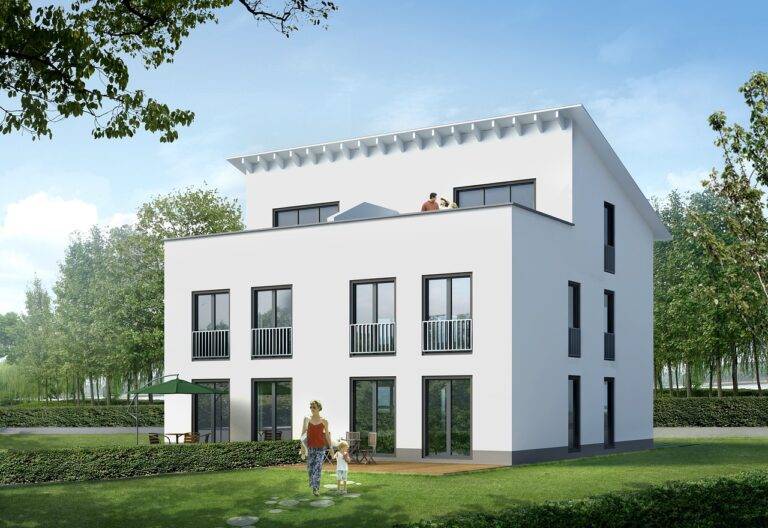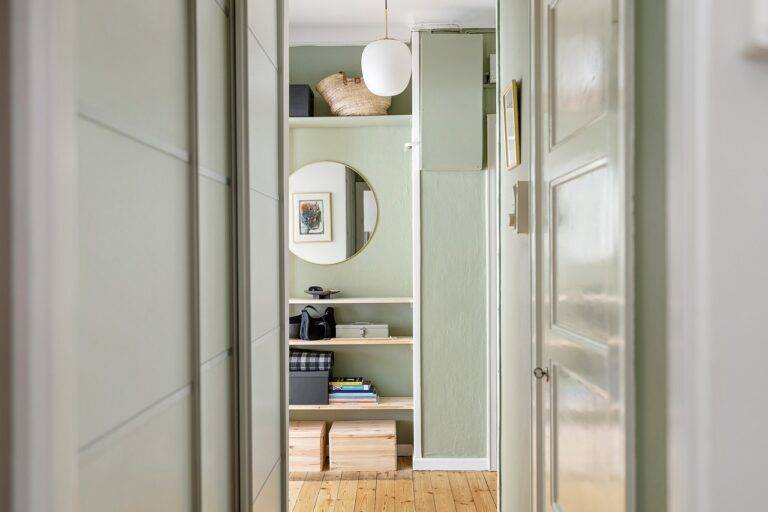The Impact of Biophilic Design on Mental Health and Well-Being
Biophilic design is a concept that emphasizes the importance of incorporating nature into our built environment. It seeks to create spaces that mimic the natural world in order to promote health and well-being. By integrating elements such as natural light, plants, and water features into architecture and interiors, biophilic design aims to connect occupants with the natural world.
This design approach is based on the idea that humans have an innate affinity for nature, known as biophilia. It suggests that when we are surrounded by natural elements, such as greenery or organic patterns, we experience reduced stress levels, improved cognitive function, and greater overall well-being. Biophilic design is not only beneficial for individuals, but also for the environment as a whole, as it encourages sustainable practices and a deeper appreciation for the natural world.
The Connection Between Nature and Mental Health
In recent years, a growing body of research has highlighted the profound impact that nature has on mental health. Studies have shown that exposure to natural elements, such as green spaces and sunlight, can significantly improve overall well-being and reduce symptoms of stress and anxiety.
The therapeutic benefits of nature are diverse and profound. From boosting mood and enhancing cognitive function to promoting relaxation and decreasing feelings of depression, the connection between nature and mental health is undeniable. Incorporating elements of nature into our living and working spaces through biophilic design can lead to a more harmonious environment that nurtures both the body and the mind.
What is biophilic design?
Biophilic design is an approach to architecture and interior design that focuses on incorporating elements of nature into the built environment to enhance the well-being of occupants.
How does nature affect mental health?
Research has shown that spending time in nature can have a positive impact on mental health, reducing stress, anxiety, and depression.
Can biophilic design help improve mental health?
Yes, biophilic design has been shown to improve mental health by creating spaces that mimic natural environments and incorporating elements such as natural light, plants, and views of nature.
What are some ways to incorporate nature into indoor spaces?
Some ways to incorporate nature into indoor spaces include adding plants, using natural materials like wood and stone, incorporating water features, and maximizing natural light.
How can I incorporate biophilic design principles into my home or office?
You can incorporate biophilic design principles into your home or office by adding plants, using natural materials, incorporating natural light, creating views of nature, and incorporating elements like water features or natural textures.





